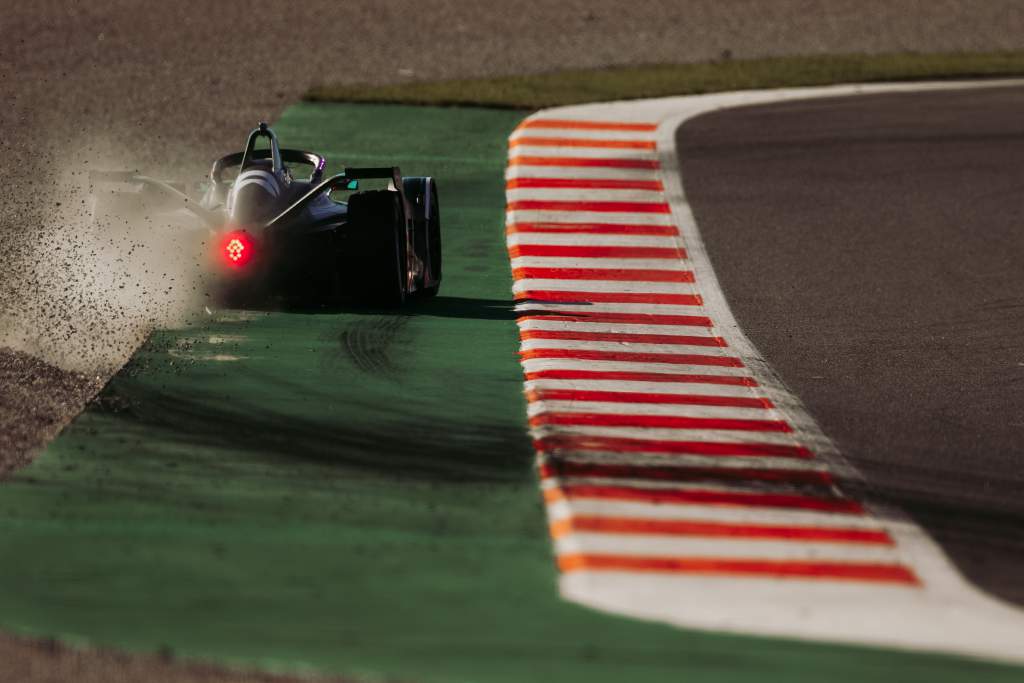The ABB FIA Formula E World Championship will experience its biggest test of powertrain efficiency so far this weekend when it runs on a specially-adapted version of Valencia’s Circuit Ricardo Tormo.
The double-header, Formula E’s first races in Spain, will require a higher level of energy saving than anything in the series’ seven-year history, according to some drivers.
The Valencia track was built primarily for motorbike racing, but has held some single-seater racing in the past – including GP2 events in 2006 and ’07, with inaugural Formula E champion Nelson Piquet Jr among the race winners.
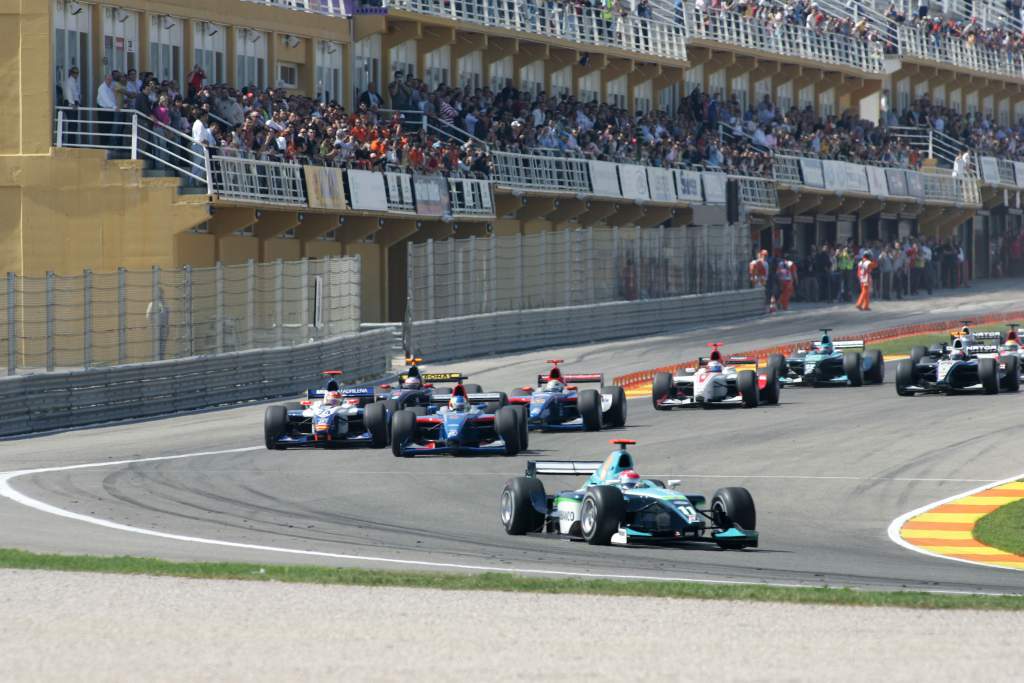
As revealed by The Race earlier this month, the track for the race weekend features several changes to the iteration Formula E uses for pre-season testing.
The most noticeable alteration is a temporary chicane that has been added to the main straight, where drivers have to negotiate a tight right/left/right complex that is lined with walls and debris fencing.
Additionally, more subtle modifications have been made to both Turn 6 and the new Turn 9/10 complex, which uses perimeter roads to make a double right dog-leg. Just before this section of the track is where the attack zone transponder loops will be fitted.
The changes are expected to improve the possibility of completing a race without the need for excessive coasting techniques to come into play, as had been the case at the mock-up race which was ‘run’ last November.
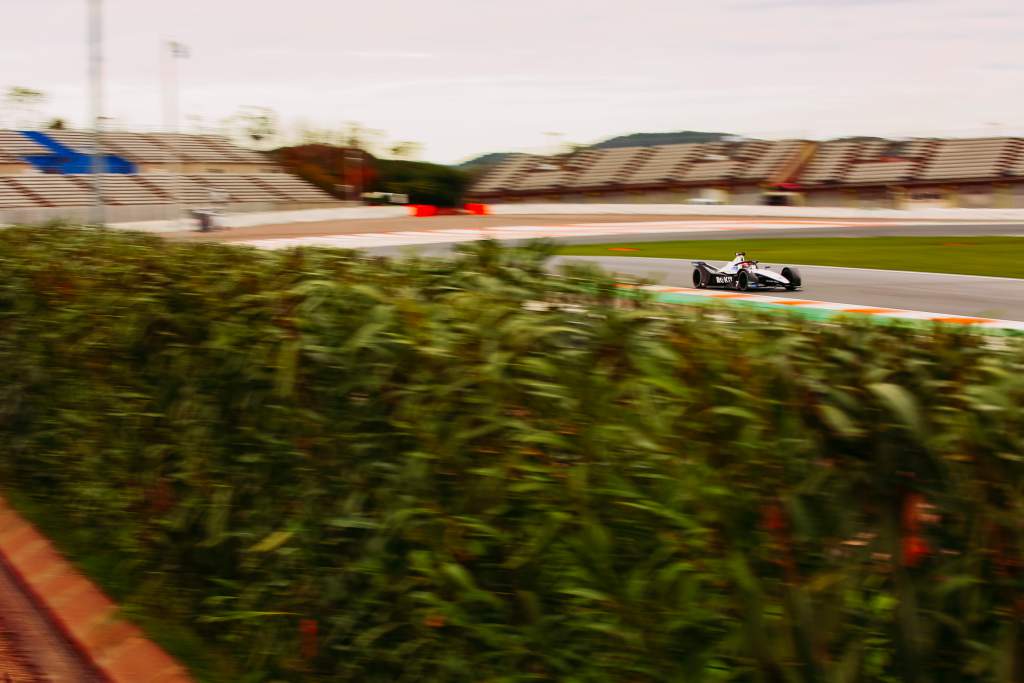
On that occasion the majority of the teams opted not to complete the test race, and many initially didn’t want to take part at all.
Several cars parked in the pits for the final laps, effectively opting out of the 45-minute plus one lap dummy event at the 36-minute stage. A low energy target ‘winner’ was declared in Dragon Penske’s Nico Mueller.
This weekend’s races will definitely feature drivers sitting in high speed tows in an effort to save energy. This has been a tactic employed by reigning champion team DS Techeetah in races since the start of the 2019/20 season, with Jean-Eric Vergne and Antonio Felix da Costa slipstreaming each other when they have qualified in close proximity.
It has a beneficial effect for enhancing lifting and coasting techniques as well, and was experimented with by most teams in the Valencia test last November/December.
“We saw already in the pre-season test how effective a slipstream was in terms of energy and lap time,” says NIO333’s Tom Blomqvist.
“Obviously, if you follow you do the same lap time but you save a lot of energy. It will for sure be easy to overtake if you have managed to get some energy up over the rest earlier in the race.
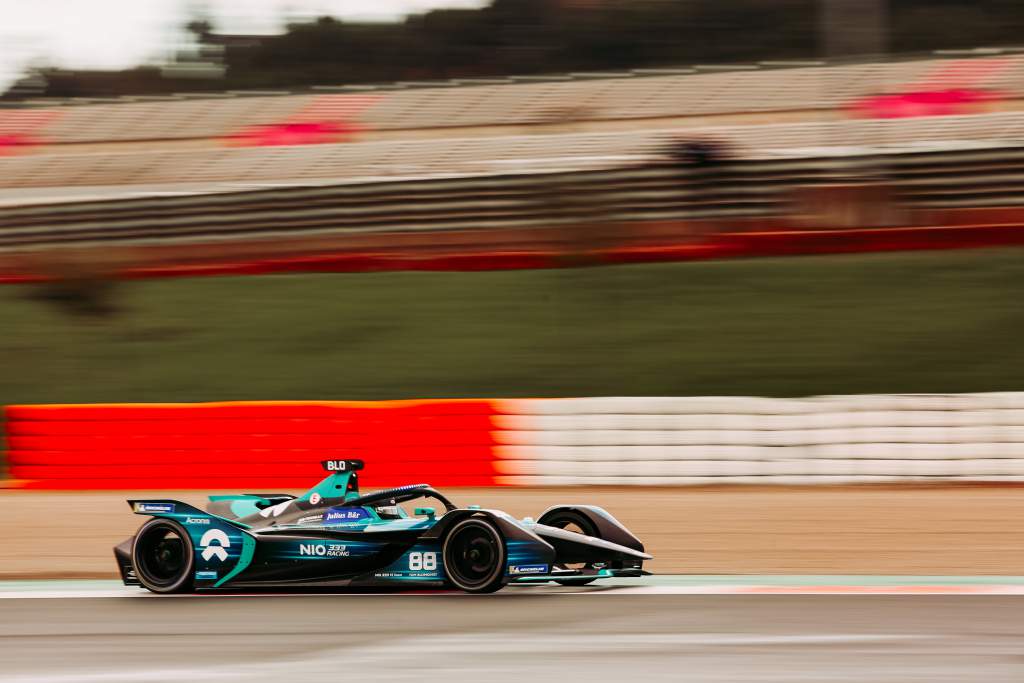
“The tricky bit is just trying to work out how you will get up on energy when everyone is saving so much and everyone is likely to be ultra-cautious not to do anything energy sapping.”
This scenario could mean a curious ‘after you’ style of racing, which will dare others to hit the front in a similar fashion to long-distance running races where pacemakers are sometimes used.
“I think the layout may be slightly less critical on energy, but not much because there’s still a long lap there,” says Blomqvist.
“There’s a lot of coasting needed still as there are still not a great deal of braking zones in the race.”
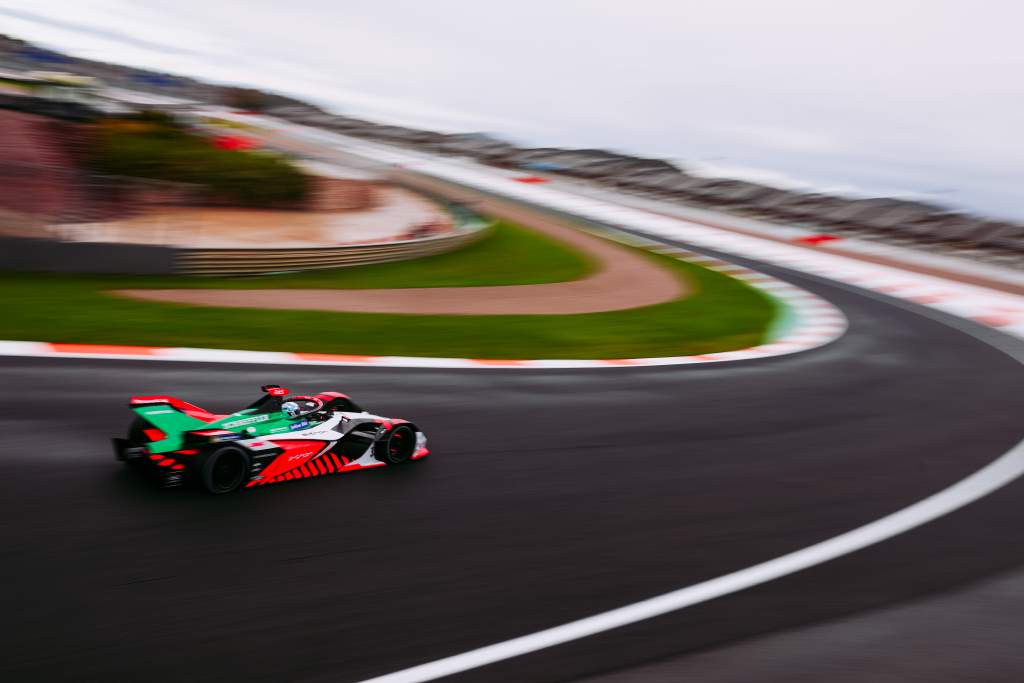
Blomqvist’s NIO333 team-mate Oliver Turvey reckons that track limits will also be an inevitable hot topic as they were in November’s test.
That was when several drivers received ‘time-out’ penalties for excessive use of the run-off areas to optimise lines, particularly at Turns 1 and 2 and the final corner onto the pit straight.
“It’s always tricky when there’s these extra runoff areas or flat kerbs,” said Turvey.
“We haven’t had any information on how that is going to be policed yet, so I guess it’ll be like usual.
“It’s always a challenge, especially when you’re on a qualifying lap for example and finding the limit trying not to go over those white lines.”


